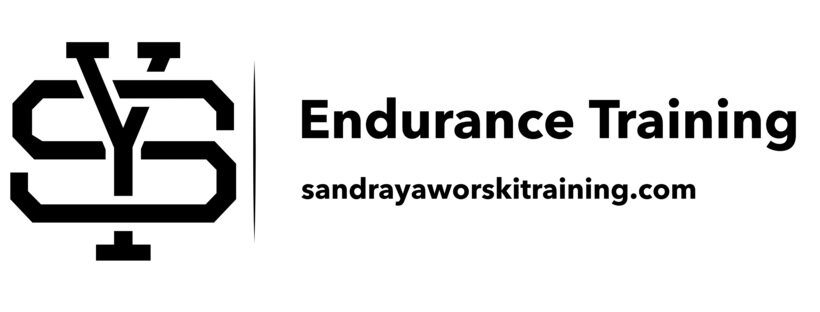The threshold run is well known to all distance runners. It is the staple in most running programs. I feel, it is also misunderstood, and not utilized to its full benefits in training.
Threshold runs are executed at the fastest pace one could maintain for an hour if racing and equates to 86% to 88% of VO2max. If using rate of perceived effort (RPE), this is a RPE of 7.5 to 8.
Athletes slowing down on sustained 20 to 40-minute tempo runs, and in their running in general, may need to integrate some other variables into training to improve threshold. It appears that the body is getting less efficient rather more efficient. Yet, the purpose of threshold training is to build strength and speed. By running at or near lactate threshold, the body should become more efficient at clearing lactic acid and reusing it to fuel muscles. For an endurance athlete, this is key.
The reason an athlete may not see improvements has to do with muscle fiber recruitment. In a continuous 20 to 40-minute tempo run, the muscle recruitment is mostly the slow twitch muscle fibers and some intermediate muscle fibers. At slower paces we also utilize more quadriceps and calves, and at faster paces, the glutes and hamstrings are utilized more.
Staleness, lack of adaptation, or declining performance are signals to change training approach by adding a new stimulus or manipulator. To improve or challenge the ability to run stronger, it is important to mix up threshold training. Adding training within our threshold work that recruits all the muscle type fibers available can be extremely beneficial. We become more efficient but also minimize fatigue because of accessing a larger pool of muscle fiber types. Increasing the recruitable muscle fiber pool enables fast twitch muscles to jump in and do some of the work when the slow twitch muscles become overwhelmed. This aids in sustaining pace over longer efforts which is the purpose of training at threshold.
As a coach, I look at training as imposing a serious of threats upon our body/muscles to improve fitness. Experienced coaches understand how to manipulate variables in training to continuously impose threats to get the most out of their athletes. When it comes to increasing/improving threshold the same old sustained 20 to 40-minute threshold run needs some spice. Here are some examples of threshold work and manipulators that can provide some spice to training and provide threshold with an uplift. When we first introduce these types of manipulators, athletes will struggle. This is a good thing. The body is learning to again become efficient at clearing lactic acid and reusing it to fuel muscles. It is not always about hitting the pace, effort is what counts. The workout is achieving what it is supposed to.
Ingredients to add to threshold workouts:
10 minutes at threshold / 3 minute easy / 5 x 2 minutes or 600m at 3k to 5k effort with 90 seconds active recovery between each effort and 3 min after last one/ 10 minutes at threshold.
Alternations or under overs – alternating running slightly faster than threshold with running slightly slower than threshold. I like to build these over a training block by adding distance to each portion and to the overall volume of the workout
Fartlek runs – 3x 1 minute at 3k to 5km effort with 1 to 2 minutes active recovery between each effort and 3 minutes after the last one / 10 to 15 min at threshold / 2 to 3 min active recovery / 3x1 minute at 3k to 5 km effort with 1 to 2 minutes active recovery between each effort.
4 to 6 short hills of 1 minute in duration / 3 to 5 min easy / 10 to 20 minutes at threshold.
3 to 5 x mile performed as 200m at faster than threshold and 200m at slower than threshold with 5 minutes active recovery between each mile. Do not underestimate how difficult this workout is.
30-minute tempo as 10/8/6/4/2/ minutes at slightly faster than threshold with 60 to 90 seconds between.
40-minute progression run: 15 minutes steady, 10 minutes faster, 10 minutes faster, 5 minutes fast but controlled.

